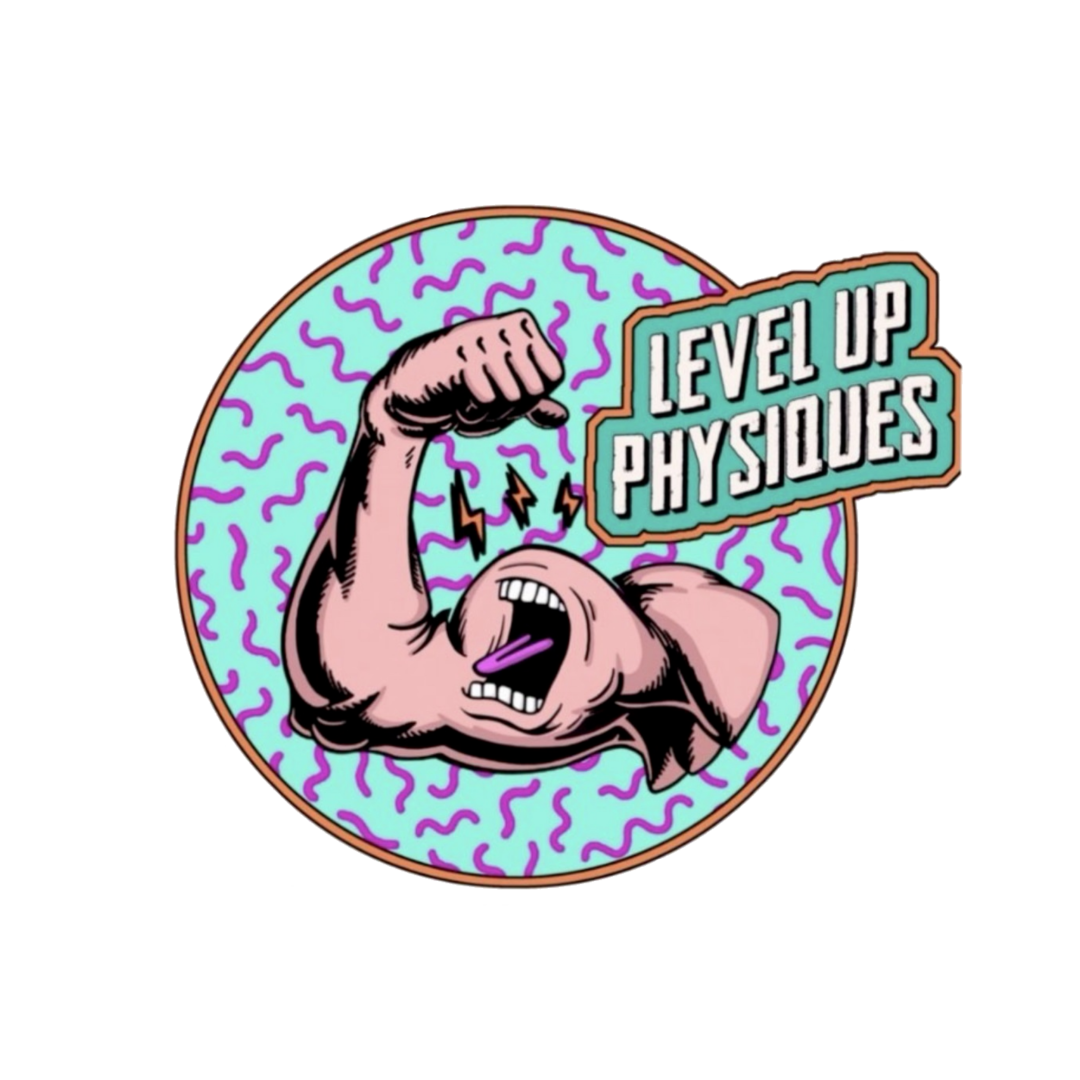Navigating Estrogen Modulators: Understanding Their Role in Hormone Balance
When it comes to hormone balance in bodybuilding and beyond, estrogen modulators are key players in the game. Whether you’re an experienced athlete or just dipping your toes into the world of performance enhancement, understanding these compounds can help you make informed decisions. Let’s break it down.
What Are Estrogen Modulators?
Estrogen modulators are compounds that influence the activity of estrogen in the body. They can either inhibit the conversion of testosterone to estrogen or selectively block estrogen receptors. Understanding how these work is essential for anyone looking to optimize their hormone levels, especially those who might be using anabolic steroids.
Aromatase Inhibitors (AIs)
What They Do: Aromatase inhibitors prevent the enzyme aromatase from converting testosterone into estrogen. By lowering estrogen levels, AIs help mitigate side effects associated with high estrogen, such as gynecomastia (development of breast tissue in men) and water retention.
Common Aromatase Inhibitors:
Anastrozole (Arimidex)
Letrozole (Femara)
Exemestane (Aromasin)
Benefits:
Reduced Estrogen-Related Side Effects: Helps prevent gynecomastia and water retention.
Improved Testosterone Efficacy: By reducing estrogen, the effects of testosterone may be more pronounced.
Risks:
Low Estrogen Levels: Excessive use can lead to too low estrogen, causing joint pain, mood swings, and decreased libido.
Bone Health: Long-term use can negatively impact bone density.
Selective Estrogen Receptor Modulators (SERMs)
What They Do: SERMs selectively block estrogen receptors in some tissues while activating them in others. This selective action allows for the benefits of estrogen in certain areas (like bone health) while avoiding its negative effects in others.
Common SERMs:
Tamoxifen (Nolvadex)
Clomiphene Citrate (Clomid)
Benefits:
Fertility Aid: Clomid is often used to stimulate natural testosterone production in men.
Breast Cancer Treatment: Tamoxifen is used in breast cancer therapy, showcasing its estrogen-blocking properties.
Risks:
Potential for Hot Flashes: Some users may experience hot flashes due to altered estrogen levels.
Mood Changes: Can lead to emotional fluctuations as hormone levels shift.
Progesterone Modulators
What They Do: Progesterone modulators affect the hormone progesterone, which plays a role in reproductive health and can impact muscle gains and fat storage.
Common Progesterone Modulators:
Mifepristone (RU-486): Often discussed in the context of its use in reproductive health, it's less common in bodybuilding but worth mentioning.
Benefits:
Hormonal Balance: Can help manage progesterone levels, particularly for those using nandrolone or other compounds that may increase progesterone activity.
Risks:
Potential Weight Gain: Altering progesterone can lead to changes in fat storage.
Mood Effects: Like other hormonal treatments, can impact emotional well-being.
Final Thoughts
Understanding estrogen modulators is crucial for anyone navigating the complex landscape of hormones, particularly in bodybuilding and athletic performance. These compounds can offer significant benefits, but they come with risks that shouldn't be overlooked.
Practical Takeaways
Know Your Levels: Regularly monitor your hormone levels to ensure they remain balanced.
Consult a Professional: If considering the use of AIs, SERMs, or progesterone modulators, speak with a healthcare provider.
Be Aware of Side Effects: Understanding potential side effects will help you make informed choices.
Call to Action
For more information on managing your hormone levels effectively, or if you're considering a coaching program that includes personalized hormone management, check out our results page to see how we've helped others achieve their goals: Our Results.

